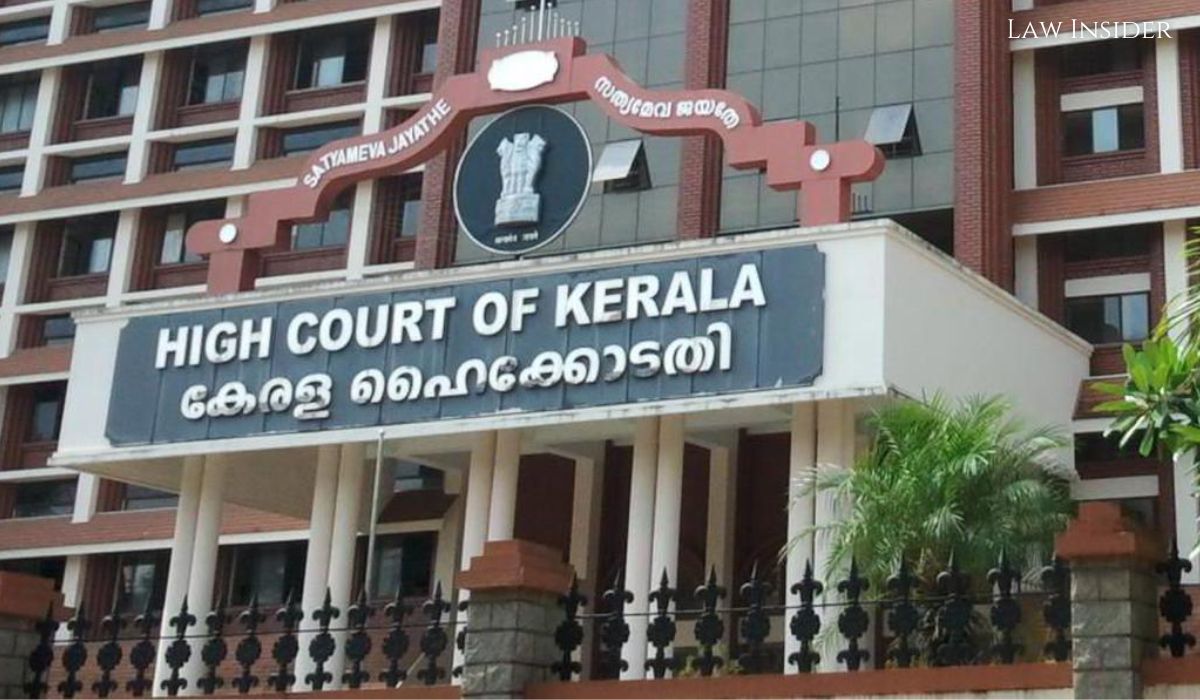LI Network
Published on: 8 September 2023 at 19:05 IST
In a bid to defend its ‘Safe Kerala Project,’ which includes the deployment of AI-powered cameras to monitor traffic violations on the streets, the Kerala government has affirmed that there are no privacy infringements associated with the initiative.
According to an affidavit filed by the State’s Transport Secretary, all data related to traffic rule violations is securely stored within the State Central Control room’s servers.
The programming of AI cameras is designed to capture only images of vehicles and individuals committing traffic offenses, which are then transmitted as encrypted data to these servers.
Access to violation data is restricted to respective data operators who can connect through a secure Virtual Private Network (VPN).
Furthermore, the challan information is housed in NIC servers, subject to the Central Government’s control, eliminating any possibility of data leakage or transfer to private servers. The affidavit emphasizes that the server room is access-controlled using biometric security measures.
This statement comes as a response to a plea filed by MLA and Leader of the Opposition in the Kerala Assembly, V.D. Satheeshan, and MLA Ramesh Chennithala, seeking a Court-monitored investigation into the ‘Safe Kerala Project.’
The plea alleges irregularities and corruption in the implementation of AI cameras and raises concerns about privacy violations.
A Division Bench, consisting of Chief Justice A.J. Desai and Justice V.G. Arun, is currently reviewing the matter, with the next hearing scheduled for September 18.
The Court had previously directed the State government not to make any financial payments to contractors involved in the AI camera installation until further notice.
It had also sought responses from the State, KELTRON (the state undertaking), and private entities associated with the project.
In its affidavit, the State contends that the petition is politically motivated, primarily consisting of unsupported allegations and an attempt to initiate a broad inquiry into the project’s operations.
The State also argues that the petition was filed belatedly. It points out that all crucial steps, including the issuance of government orders, work orders, and service level agreements, were completed in 2020. Technical installations were carried out transparently in June 2022, yet the petition was filed only on June 9, 2023.
Regarding allegations of corruption and nepotism, the State asserts that the Project’s tender was publicly advertised and awarded to the lowest bidder without objections from any party. Additionally, the Finance Department raised inquiries, which were subsequently clarified by KELTRON through the Transport Commissioner.
The ‘Safe Kerala Project’ Background
The State’s affidavit provides context for the ‘Safe Kerala Project.’ It explains that due to the rising number of motor accidents and the growing vehicle population, retired Regional Transport Officer P.D. Sunil Babu was appointed as a Traffic Safety Expert by the Kerala Road Safety Authority. Babu’s report outlined a comprehensive road safety plan for the entire state, including the installation of surveillance cameras along national and state highways, important roads, junctions, and checkpoints.
The proposal also envisioned generating an annual income of Rs. 250 crore from compounding fees while enhancing traffic control, security, and public confidence.
Based on this proposal and government directives, the Transport Commissioner submitted the ‘Safe Kerala’ plan. Recognizing that the Motor Vehicle Department lacked the expertise to implement such a complex automated enforcement project, the State sought assistance from KELTRON, which submitted a detailed project proposal.
KELTRON projected estimated revenue collection of Rs. 424 crore over five years.
The State clarifies that KELTRON presented two project models: BOOT (Build-Own-Operate-Transfer) with a quarterly annuity model and CAPEX (Capital Expenditure) Model with five-year Facility Management Services.
The BOOT model was recommended because it required no upfront investment from the government.
The State insists that the Project was executed as initially planned: a five-year BOOT model with 20 equal quarterly installments.
While the term ‘BOOT’ may be misleading, it signifies that no upfront payment was required from the government. The State affirms that the Project’s cost remains consistent with the initial estimates. Furthermore, the government is not responsible for repair, maintenance, or equipment performance costs in the present model.
The implementation of the Advanced Traffic Enforcement System is credited with reducing road accidents and fatalities, while compounding fees contribute to revenue generation, according to the State.
Case Title: V.D. Satheeshan & Anr. v. State of Kerala & Ors.

